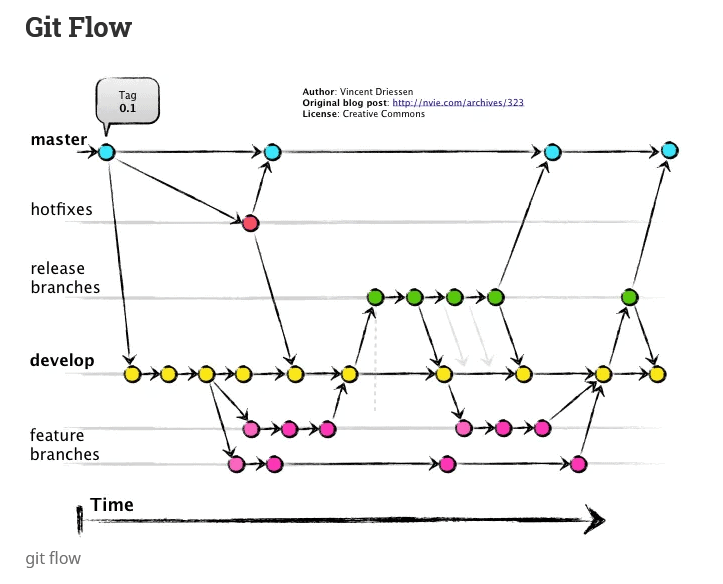

To create a new branch based on a specific commit, just pass its hash as a parameter to the branch command: git branch new-branch 7e4decbĪs an aside, you don't even need the whole hash most of the time. So you can easily see this using the "git log" command. How would you do that? In Git, each commit has a unique identifier. In other words, you want to create a branch from a past commit. But at the same time, you must preserve the progress you already made. Imagine that after doing all this "work," you learn that, for whatever reason, you need to go back in time to when there were just two lines in the file and create new changes from then on. Now that we're back to a single branch, let's add some commits to it, to simulate work being done: echo a new line > file.mdĮcho this is the last line i promise > file.md Let's go back to controller and delete the exp branch: git checkout master

Suppose that, for whatever reason, we give up on our experiment, without adding a single commit to the new branch. Think of branches like references that point to a given commit. Some people who are used to using different versioning systems, especially centralized ones, could say the branches have the same "content." This isn't entirely accurate when talking about Git, though. So now we have a new branch called "exp", for experimentation. What if something goes wrong and you somehow spoil the beautiful, pristine content of your file? (Yeah, I know it's just some stupid file with "Hello World!" in it, but use the wonderful powers of your imagination and think of the file as a proxy for a much more complex project.) The solution to this dilemma is, of course, creating a new branch: git branch exp That might not sound like the most exciting thing in the world (because it really isn't), but it's certainly less boring than having a repo with no commits at all, right? Now, let's say that for whatever reason you need to change the file's content. We now have a repository with one branch, which has exactly one commit. Untracked files are also uncool, though, so let's track it: git add file.mdĪnd finally, let's create our first commit: git commit -m "First commit" Nothing added to commit but untracked files present (use "git add" to track) If you run "git status", you should see a message saying your file is untracked: $ git status So what about creating a new markdown file with "Hello World!" written in it? echo Hello World! > file.md Now you have a new, empty Git repository. That's exactly how you'd do it: mkdir my-app Let's say you want to create a new folder called "my-app", enter it, and start a new Git repository. We'll begin with the first way of creating a branch.

Besides creating branches, it can also be used to list and delete them, and you can further customize the command by employing a broad list of parameters. Like many other Git commands, "branch" is very powerful and flexible. You create branches in Git, unsurprisingly, by using the branch command. Then we'll end with a little reflection on Git's branching model and branching in general. There are several ways you can create a branch in Git. And without a doubt, one of Git's best features is how it takes away the pain of branching and merging. The tool created by Linus Torvalds has become synonymous with version control.
CREATE BRANCH FROM MASTER GIT COMMAND SOFTWARE
If you write software for a living in 2018, then I can say with confidence you're familiar with Git.


 0 kommentar(er)
0 kommentar(er)
